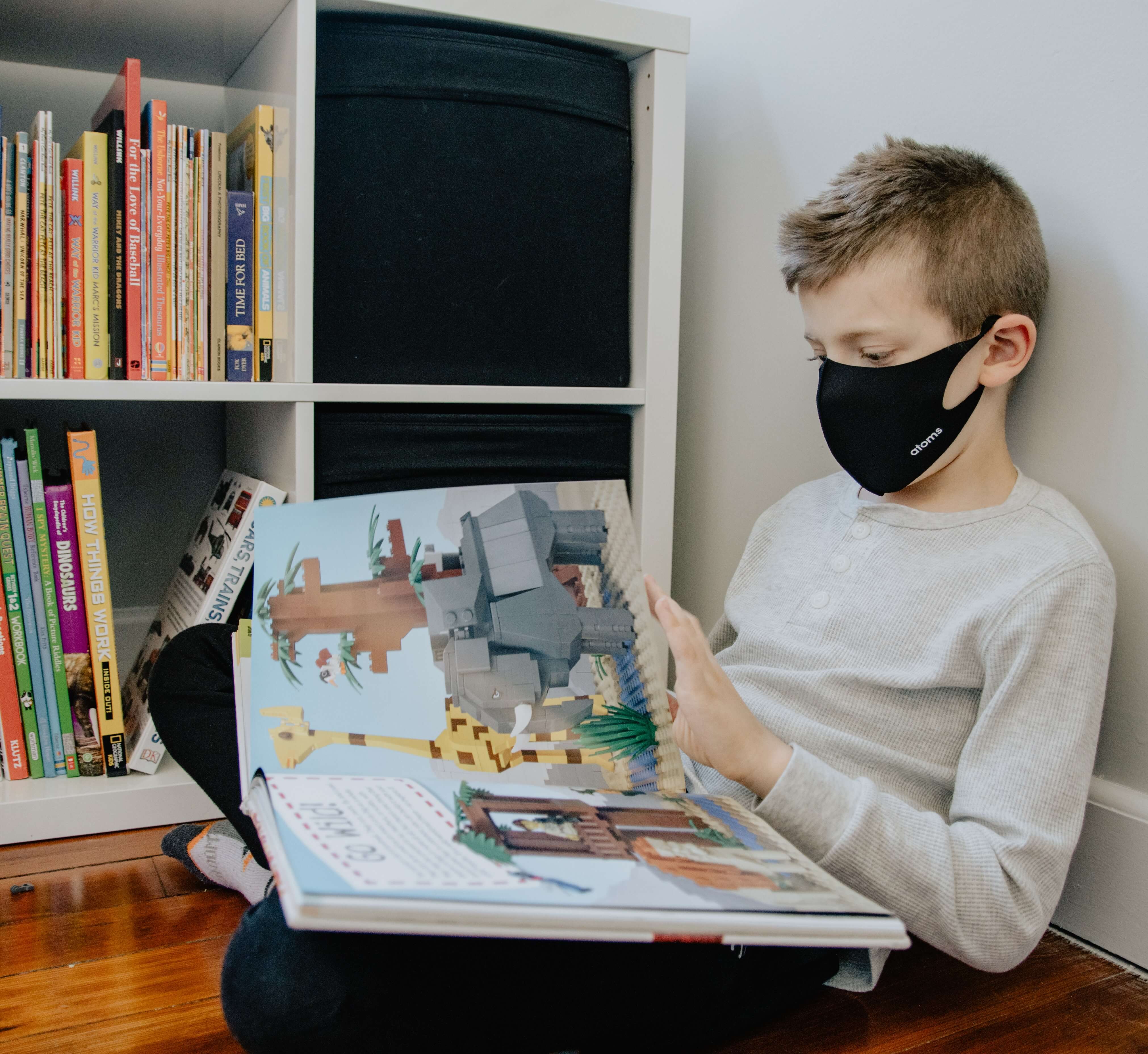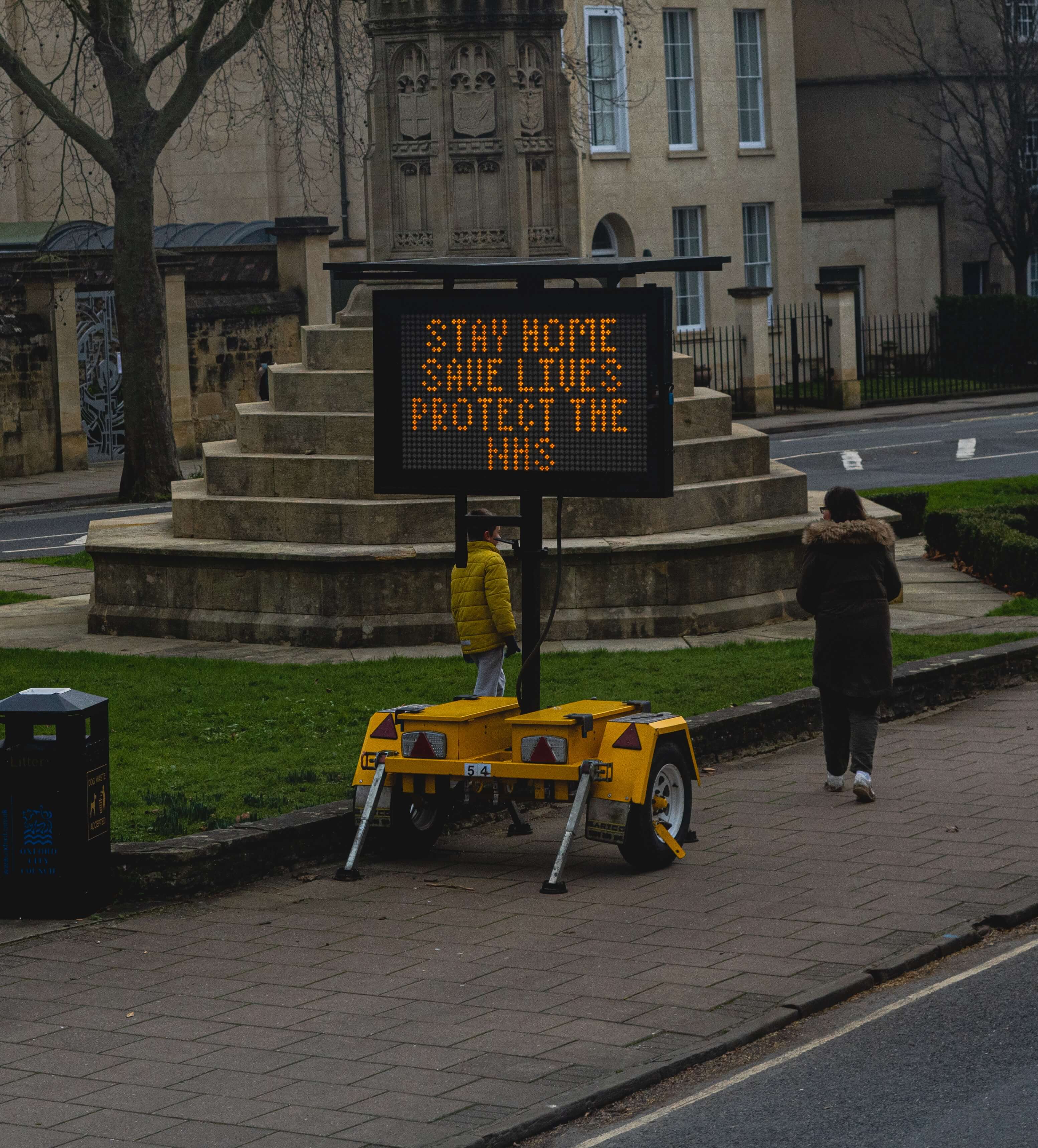
Do Lateral Flow Tests Detect Omicron?
Lateral flow tests (LFT), also called rapid antigen tests, have become an integral part of Covid-19 testing. The benefit of the LFTs is that they’re convenient as they can be used at home. They’re also easy to use, have easy-to-follow instructions, and provide results in minutes. Not to mention that LFTs are affordable, with the FlowFlex Covid test price being the most reasonable in the market.
Unfortunately, the emergence of Omicron has prompted questions, such as will my PCR tell me if I have Omicron and are lateral flow tests still as effective at picking up the new Covid-19 variant? Some people have also been quick to post on social media about Omicron not showing on lateral flow tests. These concerns have led several researchers and organizations to investigate the performance of PCR and rapid antigen tests when it comes to the Omicron variant.
The UK Healthy Security Agency recently gave its opinion on the matter and noted that lateral flow devices currently being used by the National Health Services have similar sensitivity when it comes to detecting the Omicron variant as other past Covid-19 variants. But before we give more answers to the question, can lateral flow tests detect Omicron, let’s look at what is the Omicron variant of Covid-19.
What Is the Omicron Variant of Covid-19?
Omicron is a highly transmissible variant of Covid-19. It emerged in late 2021 in South Africa, and the World Health Organization (WHO) declared it as a variant of concern in November 2021. Today, Omicron is the most common Covid-19 strain globally.
There are several sub-variants of Omicron that have emerged since it was discovered. Some of these include BA.2, BA.3, BA.4, and BA.5. Currently, BA.5 is the most contagious and dominant variant, according to the CDC. Unlike other variants of Covid-19, the Omicron variant doesn’t cause severe disease, especially among vaccinated people or those who have reinfection.
Despite the reduced risk of hospitalization for Omicron, it’s important to note that many deaths caused by this variant have been reported in many countries, which is why people need to get vaccinated and take the necessary precautions to reduce their risk of getting exposed to the virus. Also, the variant whose incubation period is 3 to 4 days spreads more easily, making it more contagious than previous variants.
Some of the common symptoms of the Omicron variant include:
- Headache
- Sore throat
- Runny nose
- Fatigue
- Sneezing
So, do you get told if you have Omicron after a test? Yes, if you do the right test. Also, to know if you have the Omicron variant of Covid-19, your sample would have to be sent to a specific lab for a full genetic analysis. This process often takes about four or five days.
Can Lateral Flow Tests Detect Omicron?

According to the UK health Security Agency, lateral flow tests such as the Healgen rapid test can detect Omicron. As noted in the UK health Security Agency’s technical briefing which was published on December 17, 2021, there is minimal risk of lateral flow tests being unable to detect Omicron despite the new variant having a single mutation difference from past SARS-CoV-2 variants such as the delta variant.
However, although lateral flow tests can detect the Omicron variant, they can’t confirm which variant you’re infected with, as they will simply give you a positive or negative result. Another important detail to keep in mind is that PCR tests are still considered the best of Covid-19 testing, and patients are advised to get a PCR test after testing negative on a lateral flow test. And in case both the lateral flow and the PCR test turn out to be negative, it’s unlikely that you have Covid-19. However, if the lateral flow result is positive, you need to self-isolate to reduce the spread of the infection.
How Quickly Will Omicron Show on a Lateral Flow Test?
Lateral flow tests detect viral proteins in a sample using antibody-antigen interactions. Double lines appearing on an LFT suggest that there is a detectable viral load in your sample.
There has been data to suggest that although LFTs can detect the Omicron variant, they may have reduced sensitivity. This means that they may not be able to pick up every case, especially during the early stages of infection.
So, if you recently came into contact with an infected person, it may take a few days for you to get a positive result when using a rapid antigen test. The good news is that higher sensitivity with the LFTs can be achieved by testing after every few days. Another factor that can affect the accuracy of rapid antigen tests is if the test instructions weren’t followed carefully during testing.
Conclusion
In closing, if you’re looking to buy lateral flow tests for home use, you can go ahead and do it, as the UK government recommends that LFTs are just as effective at detecting Omicron as previous variants. However, a single negative LFT shouldn’t rule out a Covid-19 infection. In case a rapid antigen test is negative, it’s recommended that one confirms the results using a PCR test.



